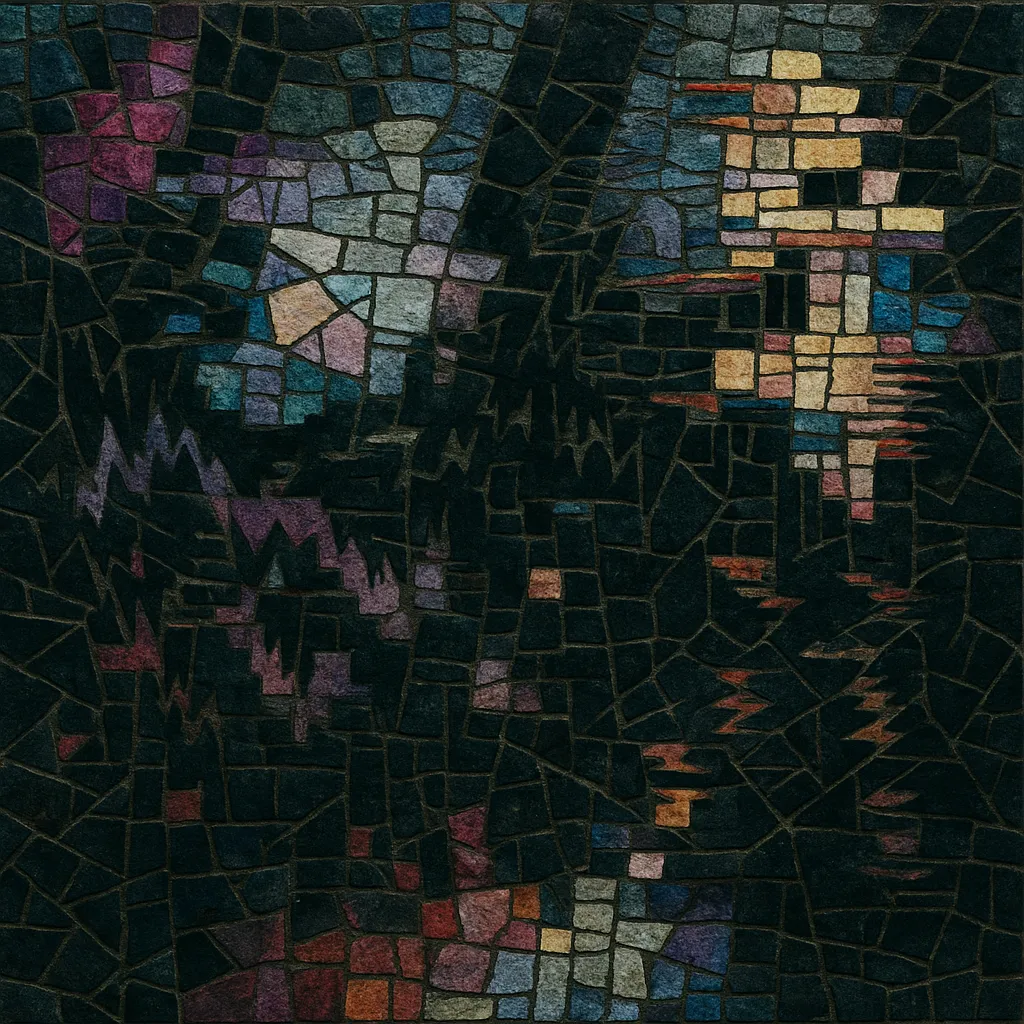
Vapornoise is a hybrid of vaporwave’s sample-based nostalgia and the abrasive, textural extremes of noise music. It distorts and overwhelms the corporate muzak, smooth jazz, library cues, and TV commercial fragments associated with classic vaporwave, pushing them into blown-out, clipping, and static-saturated soundscapes.
Where vaporwave often evokes hazy malls and VHS memories, vapornoise corrodes those memories: loops are crushed by harsh noise wall techniques, drowned in tape hiss, overcompression, bitcrushing, and feedback. The result is a surreal collage that is at once nostalgic and confrontational—ambient pads and sentimental melodies are present, but they are obscured by signal failure, artifacting, and deliberate sonic decay.
The style grew online through netlabels and Bandcamp/DIY cassette culture, favoring anonymous or multi-aliased projects, limited runs, and glitchy, corporate-parody visual aesthetics.
Vapornoise emerged in the 2010s as vaporwave itself splintered into myriad microstyles. Producers who were already looping smooth, nostalgic source material began to push toward harsher dynamics, importing strategies from noise scenes—especially harsh noise wall and cassette-driven experimentalism. The internet-native nature of vaporwave culture (Bandcamp, SoundCloud, Tumblr) made rapid experimentation and tagging around “vapornoise” possible.
The sound spread through small netlabels and tape imprints, where limited-run cassettes, anonymous aliases, and shifting aesthetics were the norm. Albums combined sample-based plunderphonics with deliberate degradation: extreme compression, clipping, tape emulation, bitcrushing, and feedback. Visuals mirrored the sonics—VHS textures, broken UI, and corporate pastiche—while releases often emphasized ephemerality (deletions, alternate versions, and one-off side aliases).
While vaporwave’s core is nostalgia and cultural critique via slowed muzak, vapornoise adds confrontation: the mix is purposefully unstable, with noise floors raised to the foreground, rhythms stuttering, and melodies submerged. Community discourse framed this as both a dark reflection of consumer memory and an embrace of the materiality of failure—dropouts, artifacts, and unintended glitches as primary colors.
Vapornoise solidified as one of vaporwave’s harsher expressions, influencing how many producers approach texture, saturation, and the blending of ambient pads with abrasive layers. It remains a fringe but durable current within the broader vapor ecosystem, periodically resurfacing in new hybrids and one-off conceptual projects.

